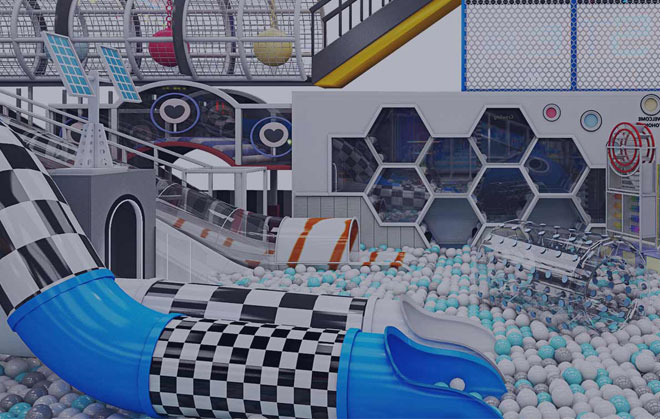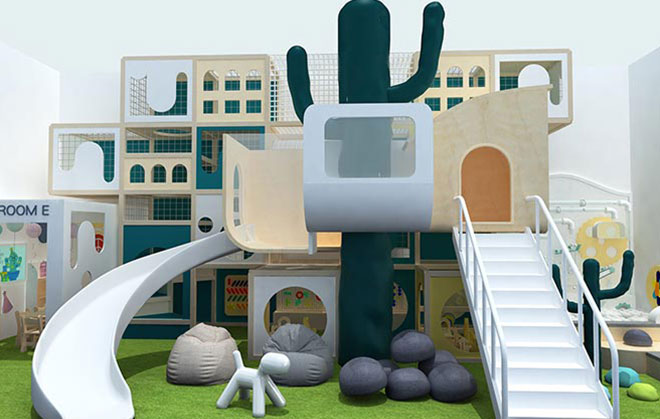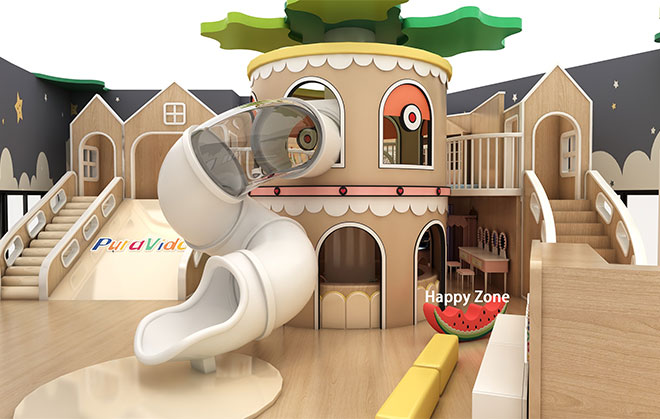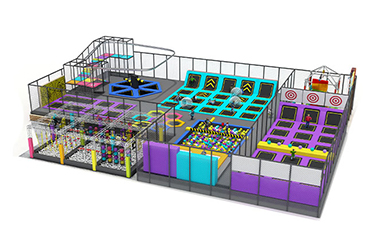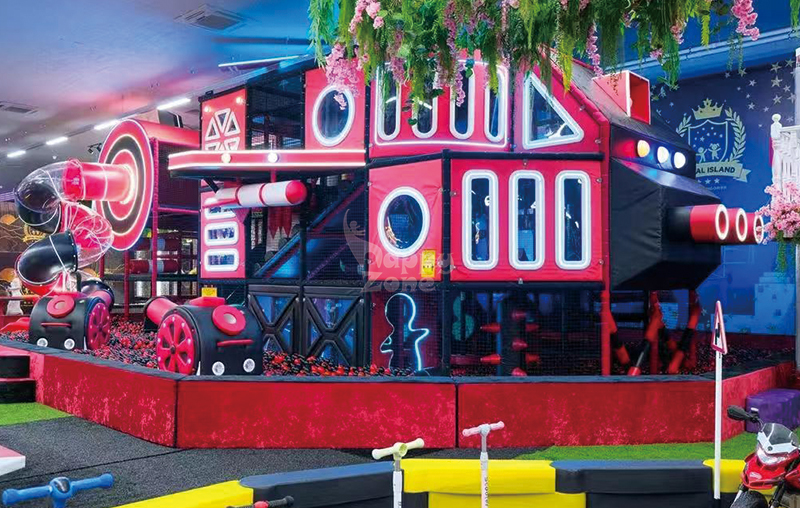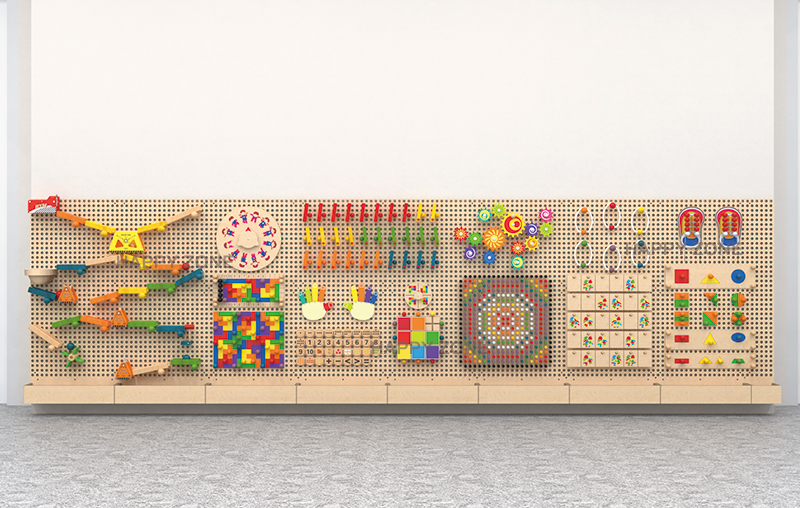Product Catalog
Operating a Trampoline Park requires making safety a top priority each day. Even with high-quality equipment and a well-planned layout, routine inspections are a must to spot minor problems before they turn into hazards. This guide breaks down the necessary daily safety checks to keep users protected and your operation running smoothly.
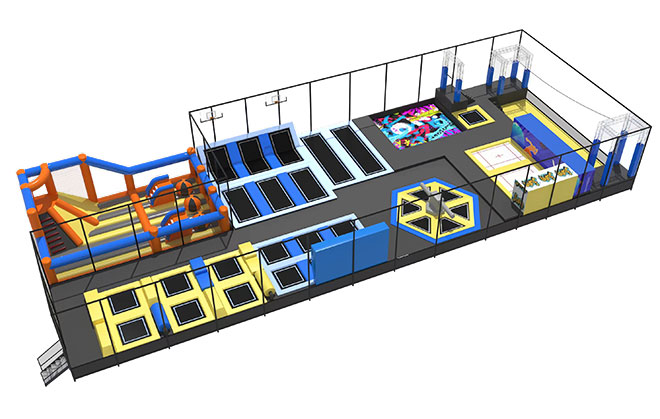
Equipment Condition: Check Core Trampoline Parts
Trampolines are the most frequently used elements in your park, so their condition needs primary attention every day.
Start with the springs and fasteners: Check for loose, bent, or missing springs – loose springs increase the risk of an accident. Tighten any bolts or screws on the frame and replace damaged fasteners immediately.
Next, examine trampoline mats: Search for tears, frays, or worn areas, especially along the edges where the mat connects to springs. Even small holes can grow with use, so mark or fix them immediately. Also, check the padding on frame edges—ensure it's secure, not cracked, and covers all hard surfaces.
Finally, inspect safety nets and enclosures: Make sure nets have no holes, and their zippers or Velcro closures work as they should. Loose netting can let users fall outside the trampoline area, so repair any sagging or detached sections.
Environment Safety: Keep the Space Free of Hazards
The area around trampolines matters just as much for safety. Focus on three key parts of the environment:
First, floor surface: Clean the floor (such as seating areas or walkways) and remove any spills or dirt. Wet and dirty floors are a common cause of falls. For the area around the trampoline, check that the foam pit is intact and that the foam blocks are evenly distributed.
Second, signage and rules: Confirm that safety signs (like “No Flip Jumps for New Users” or “Maximum Weight Limits”) are visible and undamaged. Ensure rule boards at the entrance are clear—faded or missing signs can lead to user errors.
Third, capacity control: Before opening, make sure your park's capacity limits are posted, and that staff know how to monitor crowd size. Overcrowding on trampolines boosts collision risks, so stick to the limits set for each zone.
Emergency Readiness: Make Sure You Can Respond Fast
Daily checks should also include verifying that you're ready to handle emergencies:
Examine first aid kits: Ensure each kit is fully stocked—including bandages, antiseptic, ice packs, and more—and that all items are within their expiration dates. Place kits in easy-to-find locations (like near resting areas or the front desk) and confirm staff know where they are.
Confirm staff training: Do a quick review with opening staff to ensure they remember basic emergency steps—such as how to help a user who falls, or how to call for medical assistance. Even experienced staff benefit from a daily reminder to stay alert.
Check emergency exits: Ensure exit doors aren't blocked by equipment or furniture, and that their locks function properly (they should open easily from the inside). Test exit lights to make sure they work—this is crucial if the power goes out.
Conclusion
Daily safety checks for a Trampoline Park aren't just a chore—they're a method to protect users and build trust with your customers. By focusing on equipment condition, environment safety, and emergency readiness, you can prevent most risks and keep your park operating well.
If you want to learn more about equipment designed to be easy to inspect and maintain—helping streamline your daily safety process—visit our Trampoline Park product page. You'll find details on durable, safety-focused options that support smooth operations.









